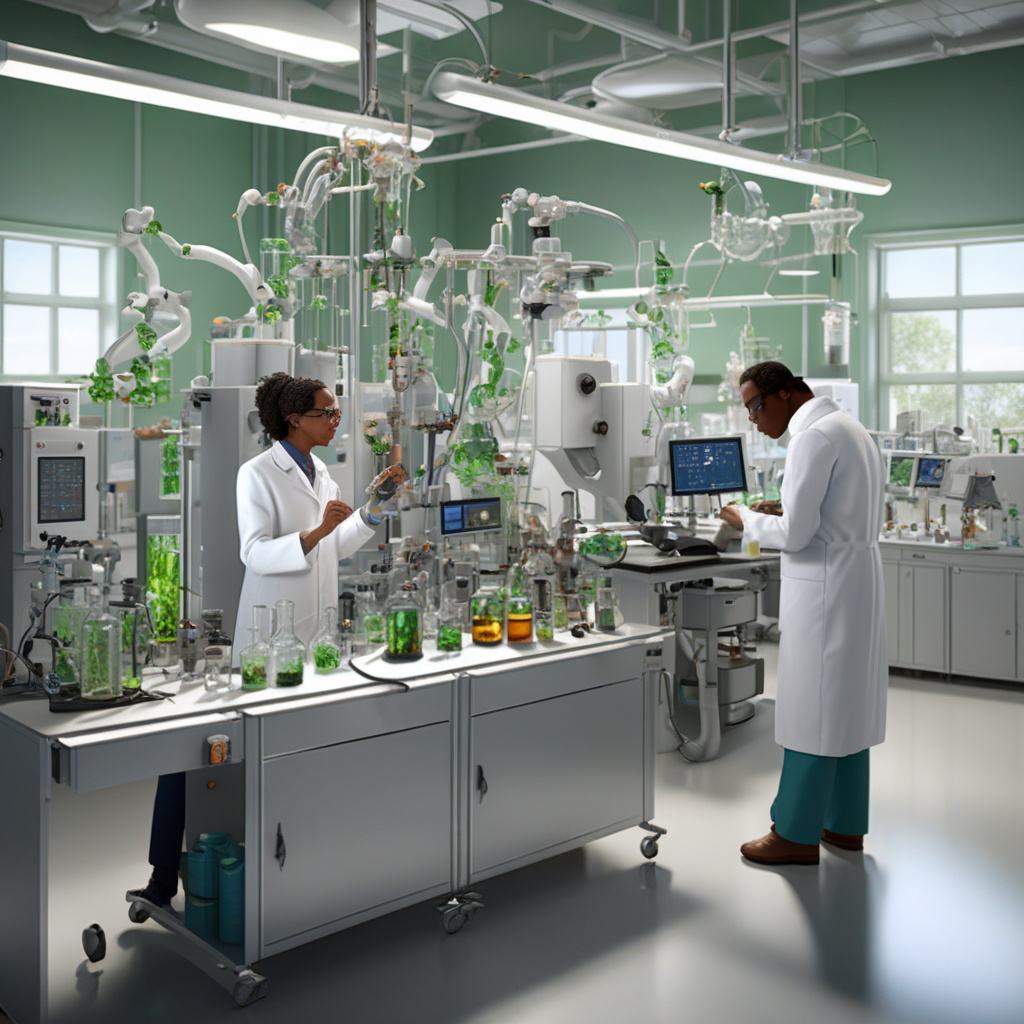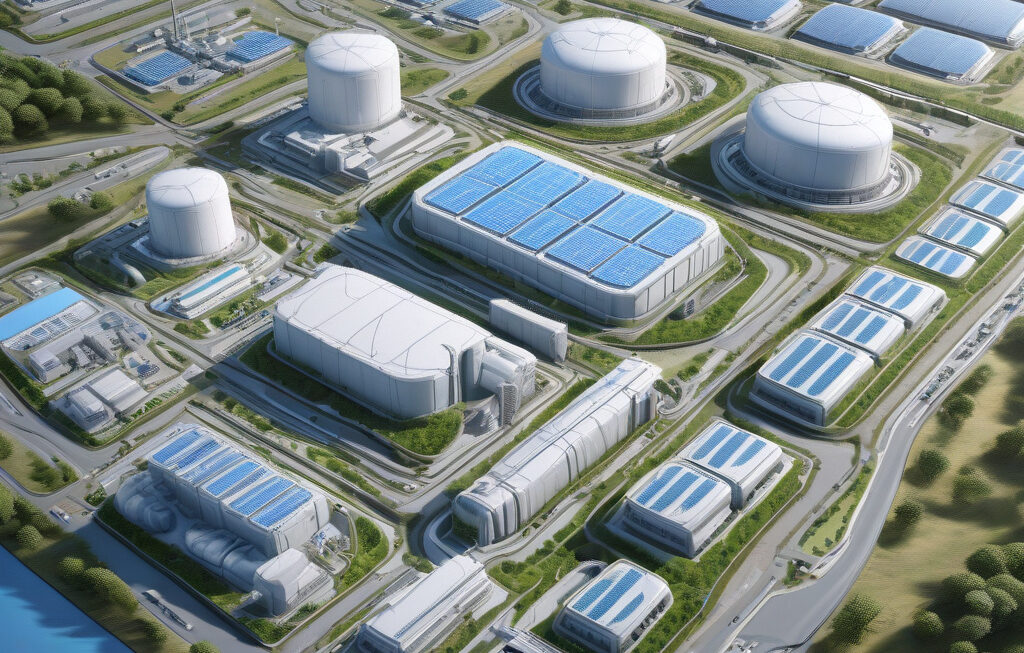Berkeley Breaks 10-Year-Old Puzzle to Turn CO2 into Green Fuels Using Sunlight
Scientists at Berkeley have achieved a groundbreaking feat by unraveling a decade-old mystery surrounding the conversion of CO2 into green fuels using sunlight. This discovery marks a significant milestone in the realm of artificial photosynthesis, shedding light on the key factors that have been impeding the performance of copper catalysts, which play a crucial role in this innovative process.
Artificial photosynthesis, a concept inspired by natural photosynthesis in plants, aims to harness solar energy to convert CO2 into valuable fuels and chemicals, thereby mitigating carbon emissions and combating climate change. Copper catalysts have long been recognized as promising candidates for driving this transformation; however, their efficiency has been hindered by certain limitations that have remained elusive for the past decade.
Through meticulous research and experimentation, the team of scientists at Berkeley has successfully identified and addressed these limiting factors, propelling the performance of copper catalysts to unprecedented levels. By gaining a deeper understanding of the intricate mechanisms at play during the CO2 conversion process, they have managed to enhance the catalysts’ effectiveness in capturing and utilizing solar energy, thereby significantly increasing the overall efficiency of artificial photosynthesis.
This breakthrough holds immense promise for the future of sustainable energy production, as it paves the way for the development of cost-effective and environmentally friendly technologies that can facilitate the large-scale conversion of CO2 into green fuels. By overcoming the longstanding challenges associated with copper catalysts, researchers have unlocked a wealth of opportunities for harnessing sunlight to drive chemical reactions that hold the key to a greener, more sustainable future.
The implications of this achievement extend far beyond the confines of the laboratory, offering a glimpse of a world where renewable energy sources are not just a distant dream but a tangible reality. With the global demand for clean energy solutions on the rise, the ability to efficiently convert CO2 into valuable products using sunlight represents a significant leap forward in the transition towards a carbon-neutral economy.
As we stand on the brink of a new era defined by innovation and sustainability, Berkeley’s groundbreaking research serves as a beacon of hope, illuminating the path towards a brighter and more sustainable future. By unraveling the mysteries that have long hindered the progress of artificial photosynthesis, scientists have opened the door to a world where sunlight can be harnessed to fuel our society’s needs while simultaneously combating the looming threat of climate change.
In conclusion, Berkeley’s triumph in breaking the 10-year-old puzzle of turning CO2 into green fuels using sunlight not only represents a major scientific advancement but also holds profound implications for the future of energy production and environmental conservation. By overcoming the barriers that have plagued copper catalysts and artificial photosynthesis, researchers have set the stage for a new chapter in the quest for sustainable solutions to the pressing challenges of our time.
green fuels, artificial photosynthesis, Berkeley research, sustainable energy, climate change












